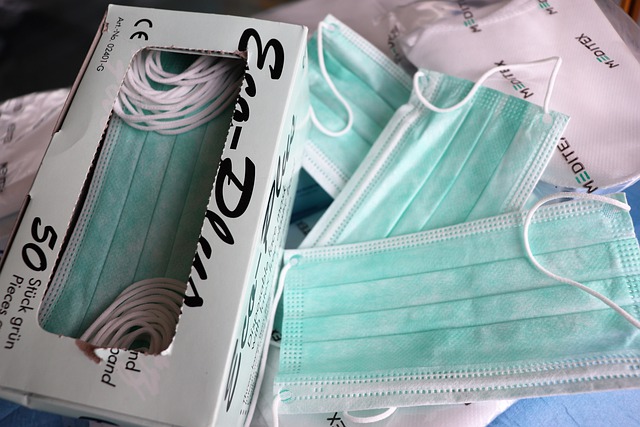As life steadily begins to return to normal, people are partaking in more activities that brings them in closer contact with others. While many are rejoicing at being able to do things such as shop at malls and dine at restaurants, it is important to remain vigilant of spreading COVID-19.
This is why a group of researchers at Duke University have created a technique to check the effectiveness of various sorts of masks. The quest began when a professor from the Duke School of Medicine was assisting a local group to buy masks in bulk to distribute to community members in need. The professor wanted to ensure the masks would provide real protection.
The study, published on Friday, August 7 makes use of a laser beam and cellphone to evaluate how efficient a mask is by studying the transmission of respiratory drops released during regular speech.
“We use a black box, a laser, and a camera,” Martin Fischer, one of the authors of the study, told CNN. “The laser beam is expanded vertically to form a thin sheet of light, which we shine through slits on the left and right of the box.”
The front of the box houses a hole which the speaker talks into, and a cellphone camera is placed at the back of the box to record the light that is scattered in all directions by the respiratory drops that cut in front of the laser beam when speaking.
Researchers tested 14 masks, including a professionally fitted N95 mask. The test is first performed by a speaker talking without wearing a mask, then the test is repeated by a speaker wearing a mask. The test is repeated 10 times.
According to Fischer, the most effective mask was the fitted N95. Three-layer surgical masks and cotton masks also performed well. Buffs or neck fleeces were the least effective.
“In fact, wearing a fleece mask resulted in a higher number of respiratory droplets because the material seemed to break down larger droplets into smaller particles that are more easily carried away with air,” he said.
Folded bandanas and knitted masks also performed poorly.
“We were extremely surprised to find that the number of particles measured with the fleece actually exceeded the number of particles measured without wearing any mask,” Fischer said. “We want to emphasise that we really encourage people to wear masks, but we want them to wear masks that actually work.”
“This is a very powerful visual tool to raise awareness that very simple masks, like these homemade cotton masks, do really well to stop the majority of these respiratory droplets,” Fischer said. “Companies and manufacturers can set this up and test their mask designs before producing them, which would also be very useful.”
Picture: Pixabay

